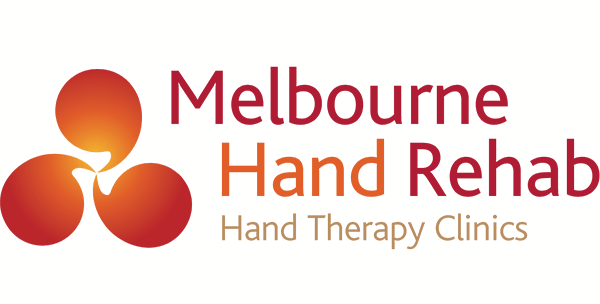
15 Aug Understanding De Quervain’s Tenosynovitis
Have you recently been diagnosed with De Quervain’s tenosynovitis (also known as ‘mummy thumb’ or ‘dad Quervain’s)?
You’re not alone—and our expert hand therapists are here to answer your questions!
What is De Quervain’s tenosynovitis?
We have two tendons that run from the outer aspect of our elbow into our thumbs on the radial edge, specifically they are responsible for lifting your thumb up and bringing it out. Surrounding the tendon is a structure called the tendon sheath. The tendons run under the sheath, much like a train in a tunnel.
In the situations of overusing our thumb/wrist with repetitive movements or over physical capacity loading, the following swallowing and thickness of the tendons reduces the space between the tendons and tendon sheath, hence the pain comes with movements.

New mum with newborn baby.
What are the symptoms of De Quervain’s tenosynovitis?
- Pain or tightness at the base of thumb in thumb/wrist function or movement.
- Swallowing noticed on the thumb side of wrist.
- Tenderness to palpate the radial side of wrist.
- Reduced strength, limited by pain.
Why does it happen to new mums/parents often?
Hormonal changes during and after pregnancy can cause increased fluid retention in the body, making the soft tissues more vulnerable to strain. At the same time, the repetitive lifting and holding of a growing baby places increasing pressure on the thumb and wrist, especially on the radial (thumb-side) tendons. Over time, this added stress can exceed what the tissues can handle, leading to pain and inflammation—commonly known as De Quervain’s tenosynovitis.
What should I do to prevent or fix my De Quervain’s tenosynovitis?
- Soft tissue release: Heat is your friend to relief the tension in your muscles/tendons after a long day of hard work. A mini foam roller/spiky ball can also be helpful to relax your muscles, roll them over the back of your forearm and palm muscle bulks to relief the tightness as needed.
- Protection: A thumb and wrist resting splint can be worn for protection and for symptom relief purposes.
- Exercises: A customized strengthening exercise plan can be implemented to relief the symptoms and prevent recurrence.
If there is no symptom improvement with conservative management strategies, ultrasound guided cortisone injection or surgical interventions may likely be the next step of treatment.
So, if you’re experiencing symptoms of De Quervain’s Tenosynovitis, don’t hesitate to get in touch. We’d love to help you.
BOOK AN APPOINTMENT
For more information, call us directly on 03 9458 5166
You might also be interested in:



